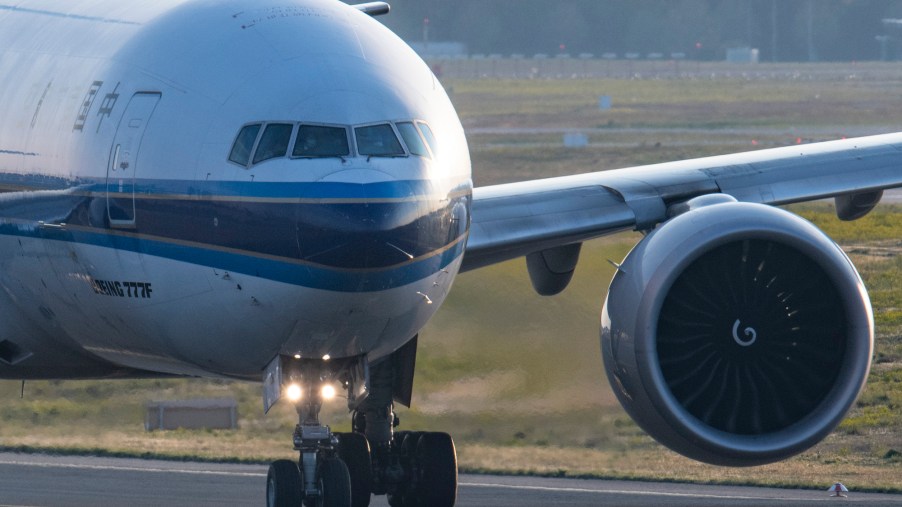
Do Planes Pollute More Than Cars?
Some states perform emissions tests every couple of years to ensure vehicles aren’t giving off too many pollutants, like carbon dioxide, hydrocarbon, or nitrogen oxide. Compared to other transportation modes, such as airplanes, are cars worse at emitting pollution?
According to Treehugger, the answer isn’t as simple as you might think. A few factors come into play.
Do planes pollute more than cars?

One misconception many people have is that planes are much bigger than cars, so they will cause more pollution than an on-road vehicle. Actually, that’s not really the case. While it is true that planes are bigger, use more fuel, and emit a lot of air pollutants, they carry many more passengers than a car does.
So, per capita, it doesn’t emit nearly as much as several cars driving down the road would. In fact, one person driving a gas-powered car equates to an airplane flying 80 percent full of passengers. The difference is, there are 80 cars worth traveling on one big plane versus 80 cars kicking out exhaust particles into the air.
We’re not going to say airplanes don’t affect the environment at all, because they do, but they tend to produce vapor trails and put out tropospheric ozone. While it makes a big impact on the climate, it isn’t long-lasting. Not nearly as long as a vehicle would unless the airplane is flying with only a few passengers.
How badly do cars pollute the air?
Though vapors from an airplane will disappear after a while, the carbon dioxide from a car’s exhaust tends to stick around in the atmosphere for centuries. If you take a vehicle that gets approximately 22 mpg in fuel economy, you can expect it to produce 4.6 metric tons of carbon dioxide in a single year.
It goes even deeper than that, though. If you think about it, gas has to come from somewhere before you pump it into your car at the station. Oil has to be extracted and transported to a facility that will produce gasoline from it. All of that leaves a pretty large carbon footprint as well.
On the other hand, an electric vehicle, which also leaves a carbon footprint from the production of its batteries, doesn’t release any emissions into the atmosphere, which pretty much makes up for it.
Reducing pollution from cars
Since the Clean Air Act was passed in 1970, car pollution has come down significantly. According to the EPA, passenger vehicles of today are 98 to 99 percent cleaner than they were in the 1960s. They eliminated lead and improved fuel standards to make gas much cleaner to burn in engines.
However, gasoline-powered vehicles still emit enough carbon and other pollutants to harm the atmosphere despite all the advancements the automotive industry has seen over the years. Fiat-Chrysler seems to be the worst offender, giving off 428 g/mi of CO2. General Motors comes in second with 390 g/mi.
To help combat pollution, you may want to use more environmentally friendly vehicles to cut back on your carbon footprint.
The best option seems to be a diesel bus when it’s at or near full capacity. The next best option would be a high-speed train, and, like the diesel bus, it should be nearly full to make the most impact on reducing emissions. Electric vehicles or hybrids are other options because they don’t emit the pollutants that gas-powered cars do.
Just because planes are much larger than cars doesn’t necessarily mean they emit more pollutants into the air. When you look at the whole picture, an airplane that’s nearly full puts out less carbon simply because of the number of passengers it carries.


